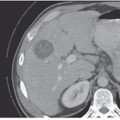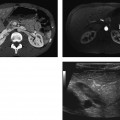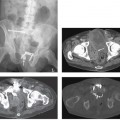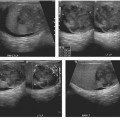CASE 78 A 63-year-old man complains of epigastric pain, chronic fatigue, and weight loss. Fig. 78.1 (A,B) Contrast-enhanced CT images demonstrate circumferential thickening of the gastric antrum with associated gastric distention and lymphadenopathy. Contrast-enhanced computed tomography (CT) images (Fig. 78.1) demonstrate circumferential thickening of the gastric antrum with associated gastric distention and lymphadenopathy. Gastric mucosa-associated lymphoid tissue (MALT) lymphoma The stomach represents the most common primary site of extranodal lymphomas in the gastrointestinal (GI) tract (65–75%), although these tumors account for only 2 to 5% of gastric primary malignancies. However, the relative frequency of gastric lymphoma, unlike that of carcinoma, has increased as a result of the acquired immunodeficiency syndrome (AIDS) epidemic. Lymphomas typically occur in patients ages 50 to 60 years and show no evidence of sex predilection. Chronic gastritis caused by Helicobacter pylori plays a major role in the development of lymphoid tissue (MALT), which is thought to be the precursor of gastric MALT lymphomas. At histology, MALT lymphomas can be classified into two types: low-grade (50–72% of cases) and high-grade, which probably results from the transformation of low-grade lymphomas. Clinical presentation is usually nonspecific. Patients may experience symptoms mimicking gastritis or peptic ulcer disease, such as epigastric pain and dyspepsia. Other symptoms, such as low-grade fever, chronic fatigue, weight loss, and anemia, have been reported. Patients may experience GI bleeding due to tumor ulceration or obstruction. Rarely, perforation may occur. The etiology is still controversial. Several studies have demonstrated the high frequency of H. pylori
Clinical Presentation
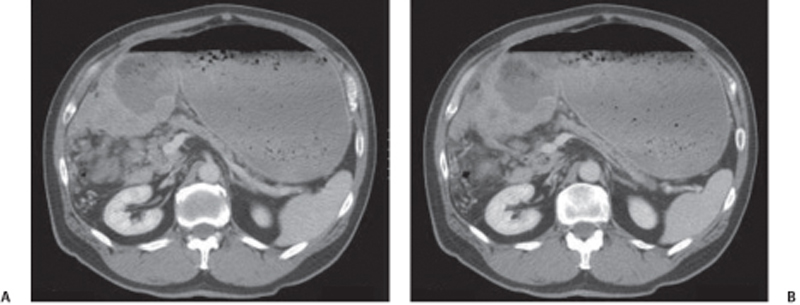
Radiologic Findings
Diagnosis
Differential Diagnosis
Discussion
Background
Clinical Findings
Complications
Etiology
![]()
Stay updated, free articles. Join our Telegram channel

Full access? Get Clinical Tree


